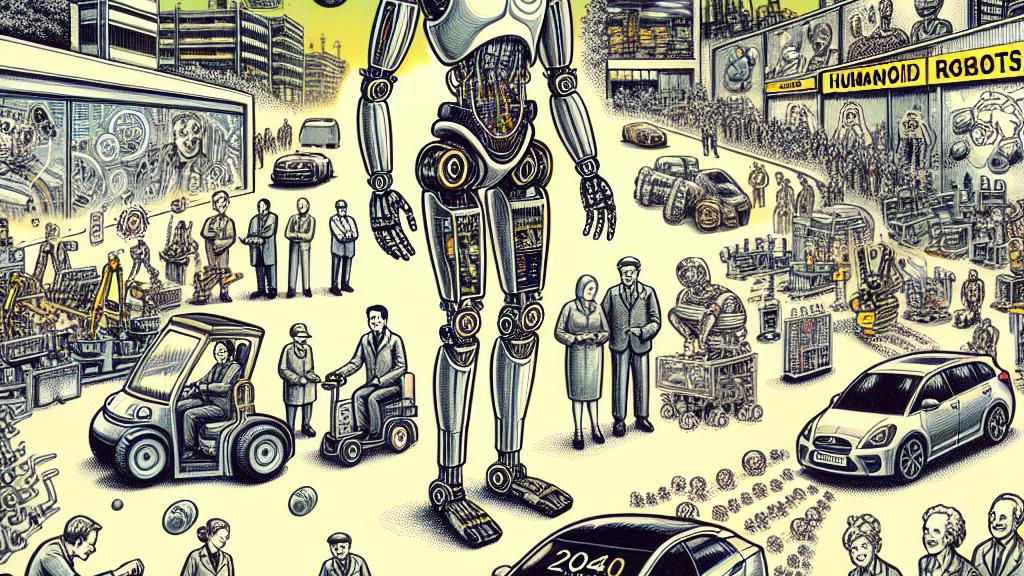Elon Musk's Vision for 10 Billion Humanoid Robots by 2040
Overview
- Elon Musk predicts a future rich with at least 10 billion humanoid robots by the year 2040.
- These groundbreaking creations are expected to retail for between $20,000 and $25,000, making them more accessible.
- Rapid advancements in technology are crucial for the integration of humanoid robots into various spheres of life.

Musk's Audacious Prediction: A Glimpse into the Future
At the Future Investment Initiative conference in Riyadh, Saudi Arabia, Elon Musk shared a visionary forecast that stunned many attendees: a world with 10 billion humanoid robots by 2040. This bold statement not only showcases Musk's ambition but also illustrates the burgeoning intersection between technology and daily life. He clarified that Tesla's humanoid robot, aptly named Optimus, is slated to begin operations in factory settings by the end of this year, with plans for expanded production slated for 2026. This commitment emphasizes Tesla's drive not only to innovate in electric vehicles but also to redefine the boundaries of robotics and automation in our everyday existence.
The Rise of Humanoid Robots: Transforming Work and Life
The allure of humanoid robots is undeniably captivating, and it's easy to see why. Unlike traditional robots burdened by rigid designs and limited functionality, these humanoid wonders are created to seamlessly navigate human environments, bringing a level of versatility previously unseen. For example, Tesla and its competitors, such as Boston Dynamics and Honda, are pioneering robots that can handle mundane tasks—like sorting packages in a warehouse or even assisting in elder care—thus allowing human workers to shift their focus to more meaningful and creative pursuits. With projections suggesting the global humanoid robot market could surge to $35 billion by 2035, it becomes clear that this technology is not just a concept of the future, but a driving force reshaping industries today.
Technological Advancements Driving Robot Innovation
Technological evolution is the key that unlocks the potential of humanoid robots, enabling them to perform with astonishing efficiency. Contemporary humanoid robots are outfitted with state-of-the-art features like LIDAR for spatial awareness, powerful sensors for object recognition, and artificial intelligence for real-time learning. Imagine a robot that can autonomously navigate a busy office, recognizing and avoiding obstacles while delivering documents! Furthermore, their lightweight, all-electric designs allow for longer operational periods, something that was once a significant hurdle due to battery limitations. While the journey to widespread adoption does face challenges—such as cost factors and the need for specialized maintenance personnel—the prospect of robots enhancing productivity and safety is too compelling to ignore. As we look ahead, the vision of humans and humanoid robots working side by side is not just a possibility; it is increasingly becoming our reality.

Loading...